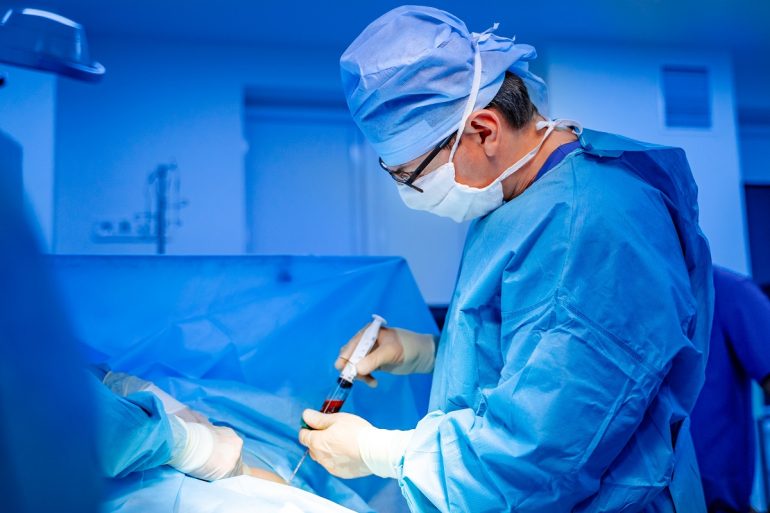The bone marrow contains immature cells that have the potential to become any form of a blood cell. It naturally resides inside a few specific bones as soft tissue. Bone marrow transplant therapy is suggested when a patient’s bone marrow cannot produce new blood cells.
A bone marrow transplant is a necessary surgery for survival. The body’s functioning declines due to the lack of new blood cells. As a result, urgent transplantation is necessary for patients to restore the strength and functionality of their bodies. But first, we must dispel widespread myths regarding the bone marrow transplant procedure.
Myth: Only one kind of bone marrow transplant is possible.
Fact: Professionals undertake a variety of bone marrow transplant procedures after determining the donor and patient’s states of health. Some standard procedures include allogeneic bone marrow transplants, autologous transplants, and others.
Myth: All donors experience significant pain during bone marrow donation.
Fact: There are two methods for extracting stem cells from a donor’s body. Providing bone marrow or peripheral blood stem cells is a part of the operations. Both techniques do cause some discomfort but to different degrees. The technique employed, the donors’ age, gender, and other variables influence the pain severity. Therefore, it is a myth that all donors experience agony during bone marrow donation.
Myth: Donating bone marrow could have long-term effects.
Fact: Giving stem cells is generally safe for the donor in the long run. After the donation, bone marrow levels usually recover within a few weeks, and donors can resume most daily activities within 1 to 7 days.
The anesthetic used during bone marrow donation may leave the donor feeling exhausted, weak, or unable to move for a few days. Additionally, bone marrow donation might result in bruises, headaches, and back or hip pain that lasts days or weeks.
Myth: Bone marrow is extracted from the spine.
Fact: There isn’t a method that uses the spine’s bone marrow. The doctors remove bone marrow from the back of the pelvic bone during a direct bone marrow donation. Bone marrow is acquired by peripheral blood stem cell donation in 75% of instances. The stem cells are taken out of circulation.
Can smokers donate bone marrow?
If you’re wondering can you donate bone marrow if you smoke, the answer is quite apparent. Smoking prevents stem cells from differentiating and from being recruited to the uterus from bone marrow. Smoking may cause long-term organ damage by preventing the recruitment of stem cells, which prevents the body from being able to repair or regenerate various tissues. Thus, smokers should not donate bone marrow.
Can you sell bone marrow?
The answer may vary accordingly as to where you live. For example, in the US, it is against the law to buy or sell organs, although bone marrow is an exception in some states.
Conclusion
With this, we’ve answered some common questions regarding bone marrow. Can you sell bone marrow? Can you donate bone marrow if you smoke? If you experience health issues, it is imperative that you contact the top medical professionals as soon as possible to learn how much a bone marrow transplant will cost and to schedule your procedure since finding a compatible donor takes time.
